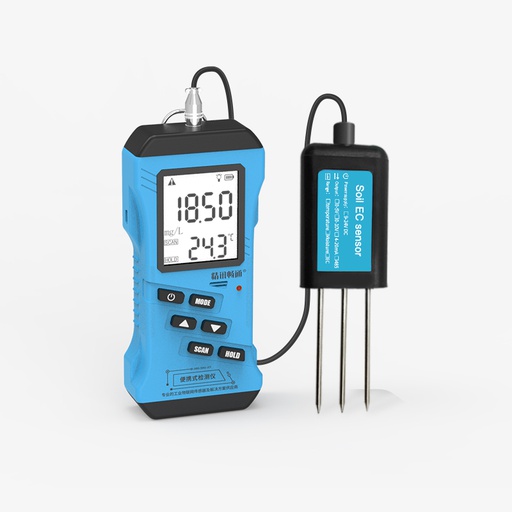Soil salinity is the salt content in the soil, and higher salinity in the soil makes it more difficult for plants to absorb moisture. In recent years, the continuously increased soil salinity has given rise to soil acidification and secondary salinization, due to the imbalance of water and heat in the natural state caused by the perennial or seasonal soil cover. The high temperature, shortage of rainfall, and strong evaporation can easily accumulate salt at the soil surface, and associated with unreasonable fertilization. For the analysis of soil, the salt content standard is very important, which indicates the mixed salt content by measuring the electrical conductivity in the soil. Therefore, measuring the electrical conductivity of the soil is really necessary for forecasting pollution levels.
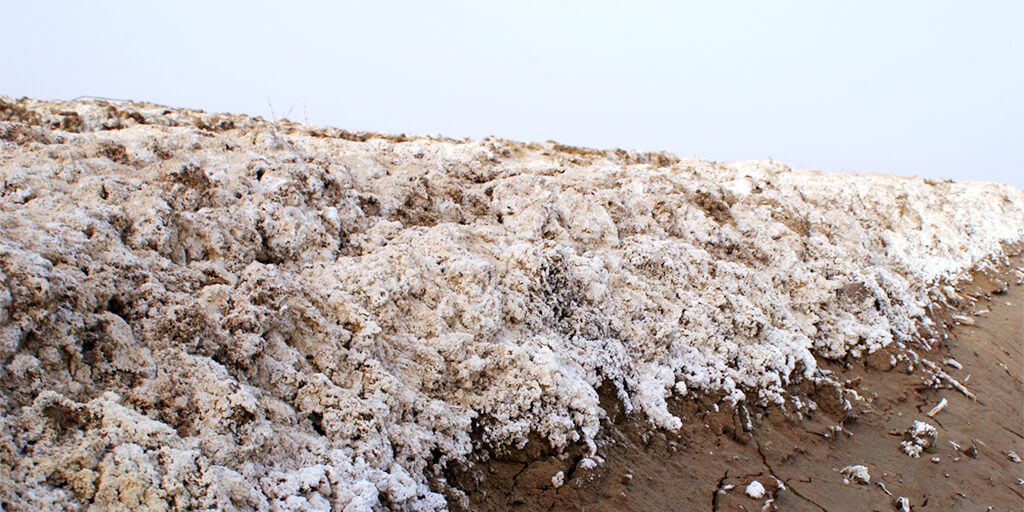
The five main categories of hazards resulted from high salinity are:
1. Physiological drought
If soils are high in soluble salt, the soil water potential decreases due to the increase of osmotic potential. According to the principle that water moves from an area of higher water potential to an area of lower potential, the plant only absorbs water when the osmotic potential of plant root cells lower than it in the surrounding medium. In such cases, the higher soil salinity the more difficult for plants to obtain water from the soil, or even cause extravasation of plant cell contents. Therefore, salt stresses may be manifested as drought to plants, especially when the relative humidity is low, along with the transpiration, the salt-damage symptoms will be more severe, such as the abnormal growth of plants, shorter and smaller, dark green leaves, which looks like a drought and water shortage.
2. Toxicity effects
Each ion has its functions that are different from others on plant physiology. Excessive accumulation of certain salts can reduce the absorption of the nutrients.
3. Destroyed metabolism
In response to excessive salinity, it will cause chlorophyll degradation and zero composition of a series of enzymes, especially affecting the formation of chlorophyll-protein. Plants growing at high soil salinity areas generally have a lower net photosynthetic rate than those at light soils, i.e. it is not conducive to growth. The chloroplast is the site of photosynthesis. The chlorophyll content is a physiological standard for the intensity of photosynthesis in plants. So we can simply understand that photosynthesis affects the plant. Due to the salt stress, the roots of plants are unable to take up enough water, mineral nutrients, causing malnutrition, reducing chlorophyll content, and photosynthesis rate. Besides, the high salinity in the soil will reduce the shuttle enzyme activity, decompose the chloroplast, and destroy the chlorophyll. The synthesis of both chlorophyll and carotenoids is interrupted, which reduces the photosynthetic rate and affects crop yield.
4. Influence on the structure of cell membrane of plant
Salt stress directly affects cell membrane lipids and membrane proteins, increasing the permeability of the lipid membrane and peroxidation of membrane lipids, which, in turn, affect normal cellular functioning.
Under normal circumstances, the cell wall and the plasma membrane are working closely with each other. When the cell loses water, the plasma membrane pulls away from the cell wall. A cell wall is more elastic than the plasma membrane, because of that mechanism, the wall and membrane can deform and tear up, causing mechanical stress and increasing the concentration of free calcium ions in the cell to induce the oxidative burst in plants. The plant cell is altered due to salt stress, as it leads to water loss.
5. Protein synthesis inhibition
Increased soil salinity not only reduces water uptake for crops but can often create a nutrient imbalance that decreases plant growth and yield. Excessive soil salinity has a significant effect on protein metabolism. It can directly result in the inhibition of protein synthesis through destructing amino acid synthesis. For example, due to the salt stress, with reduced protein synthesis of cysteine and methionine in leaves, the protein content in the broad bean is decreased as well. Excessive salinity can make crops that produce toxic substances. This leads to the accumulation of very high levels of toxic metabolites in crops, such as the free amino acids, amines, and ammonia. These harmful substances of plants can block leaf growth, inhibit root growth, and finally cause the plant tissue necrosis.
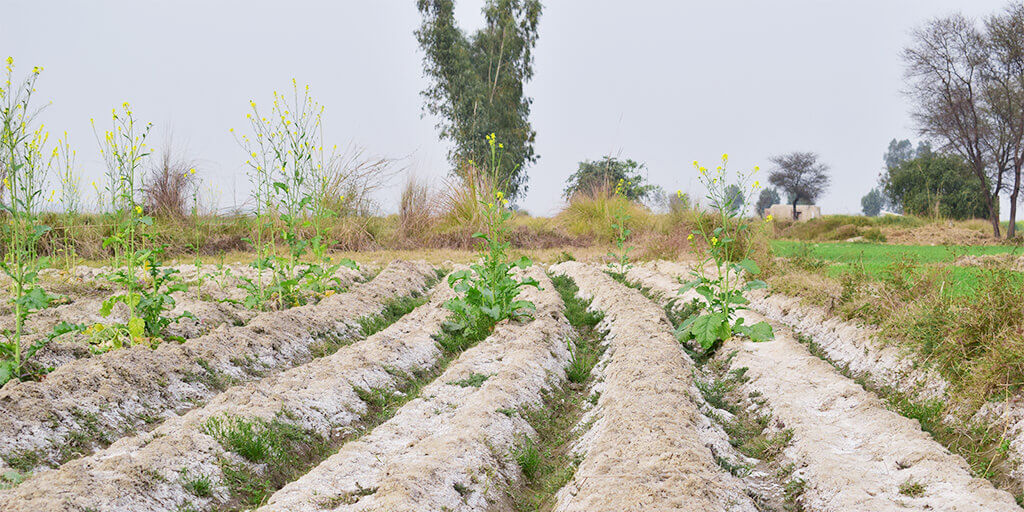
Significance of Measuring Soil Conductivity
The soil salinity is the total salt content of various salts in the soil. Since these salts in the soil leachate present as ions, then the total salt content is also considered as the sum of various cations and anions in the soil leachate.
Soil electrical conductivity is an essential parameter in precision agriculture. The rich information of EC includes the physical properties of soil condition and their quality, such as the salt, moisture, temperature, organic matter content, and texture structure in the soil, which affects the degree of soil electrical conductivity (EC). The effective acquisition program of soil electrical conductivity values is the holy grail to agriculture researchers and farmers for determining the differences in various field parameters and spatial and temporal distribution analysis. The information and knowledge-based model also lays the foundation for the popularization of modern precision farming.
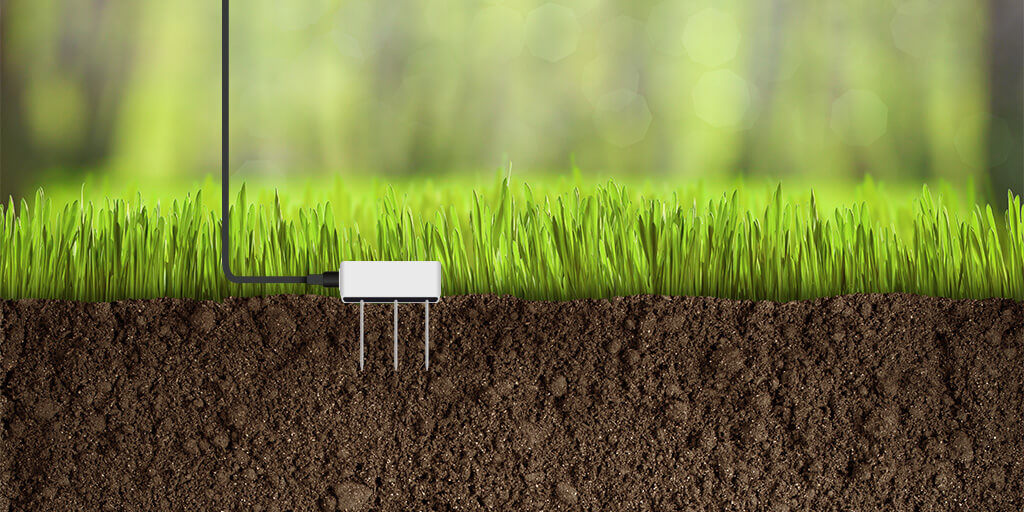
Since the dynamics of water and salt are critical for providing adequate references for the prediction of soil salinity to farmers and researchers, it is necessary to take effective measures to ensure the normal growth of crops.
Comprehensive treatments could eliminate the salt effect on crop growth, it is necessary to follow up on the effects after treatment.
According to the soil salt content and its composition, classify saline soil and make plans to achieve reasonable planting, irrigation, and drainage.
Carry out the irrigation water quality assessment and salt content measurement for rational use of water resources, land reclamation, and prevention of soil salinization.
Featured Product
EM500-SMTC-MEC20 soil moisture sensor measures the moisture volume percentage in a way that meets the existing international soil moisture measurement standards. It is designed for the soil moisture monitoring, scientific experiments, smart irrigation, greenhouses, flowers and vegetables, grassland pastures, plant cultivation and sewage treatment and precision agriculture, etc.
“3-in-1” sensor that integrated with soil electrical conductivity, moisture, and temperature measurement.
It can be used for measuring the conductivity of water and fertilizer combination liquid, and other nutrient liquids mixed with substrates.
The electrode covers alloy material specially treated against powerful force and is not easy to damage or break.
Completely sealed and corrosion-resistant design. The probe can be buried directly in soil or into the water for long-term dynamic measuring.
- The probe insertion ensures high accuracy, fast response, good interchangeability, and reliable performance.
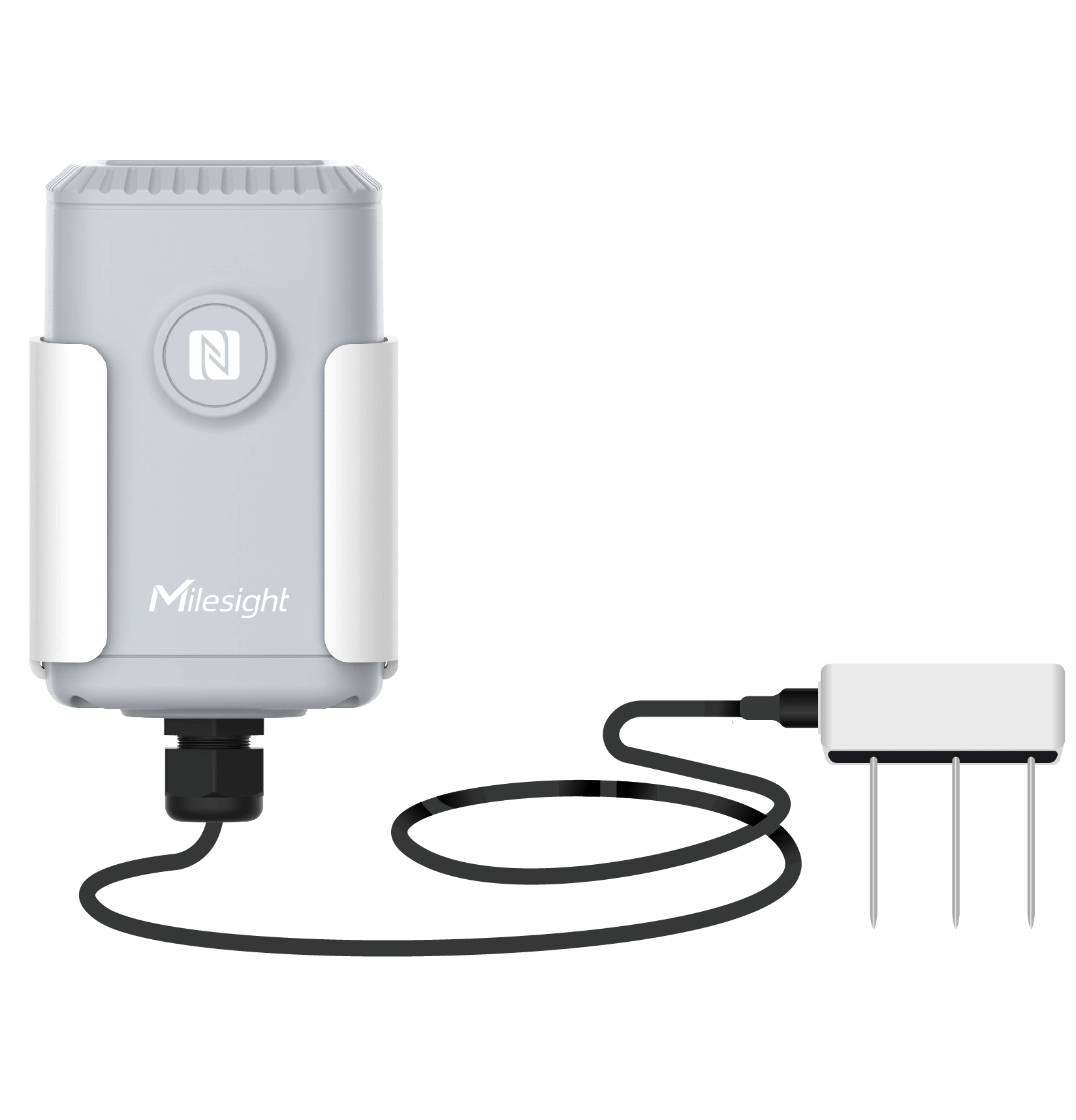


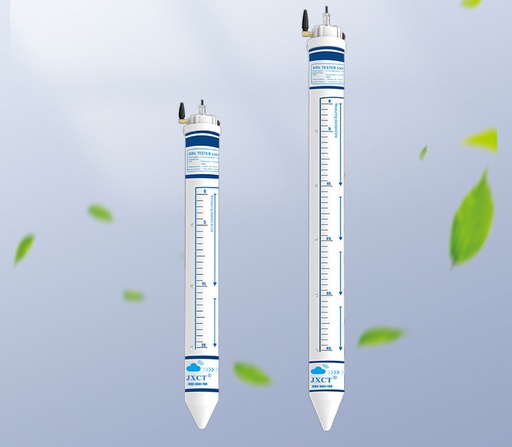

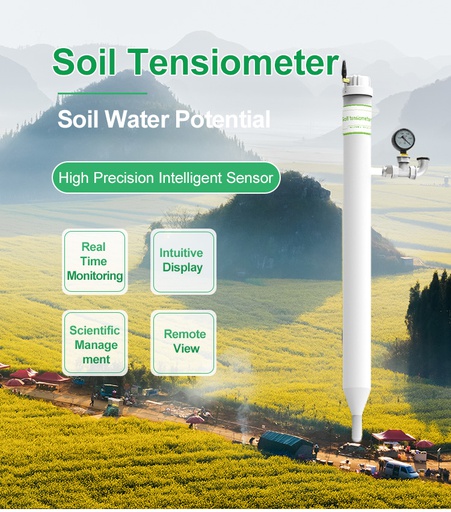
![[ARCHIVE] Speed Soil Measuring instrument](/web/image/product.template/49686/image_512/%5BARCHIVE%5D%20Speed%20Soil%20Measuring%20instrument?unique=539c3a4)
